Why Dark Matter?

It’s the most mysterious “stuff” our Universe has. So why are we so sure it’s real?
“The Universe is made mostly of dark matter and dark energy, and we don’t know what either of them is.” –Saul Perlmutter
If you look at our Solar System, you’ll notice something particularly overwhelming about it: the Sun dominates everything. In terms of light, the Sun far outshines everything else. The planets, moons, asteroids and comets can only reflect the light originating from the Sun itself, not generate their own. (At least, not visible light.) In terms of its gravitational influence, the Sun determines the orbits of the planets, asteroids, comets and everything else, with only the extraordinarily close-orbiting moons and rings of other worlds dominated by their gravity, rather than the Sun’s. And in terms of mass, the Sun totals 99.8% of everything in the Solar System, with Jupiter making up about 0.1% and everything else combined struggling to equal even that. In our neighborhood, the Sun dominates both the light output and the gravitational effects of everything else we have access to.
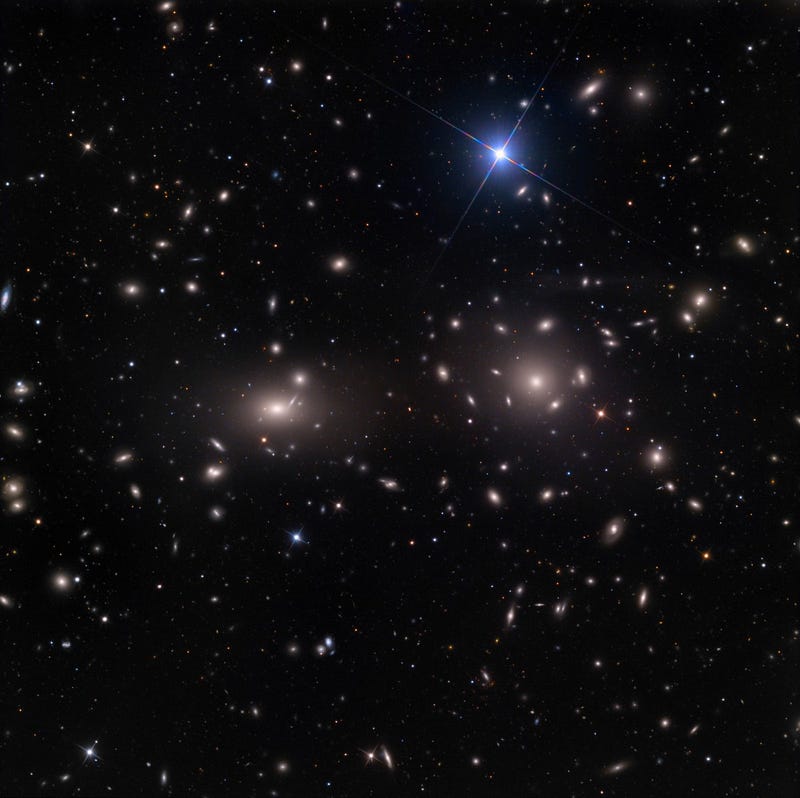
So when it was discovered in the 1920s that we lived in a vast Universe filled with galaxies other than our own, it was only natural to test whether this relationship extended to the largest structures we’d ever found: clusters of galaxies. In 1933, Swiss astronomer Fritz Zwicky dared to do just that, by measuring the richest, most massive cluster of galaxies observable at the time, the Coma Cluster. By observing all the starlight from these galaxies, and using our knowledge of how stars work, he was able to obtain a value for how much mass there is, due to stars, in the entire cluster. And by observing the motions of these individual galaxies — their relative redshifts and blueshifts — he was able to obtain a value for how much mass there is, inferred from gravitation, in the entire cluster.
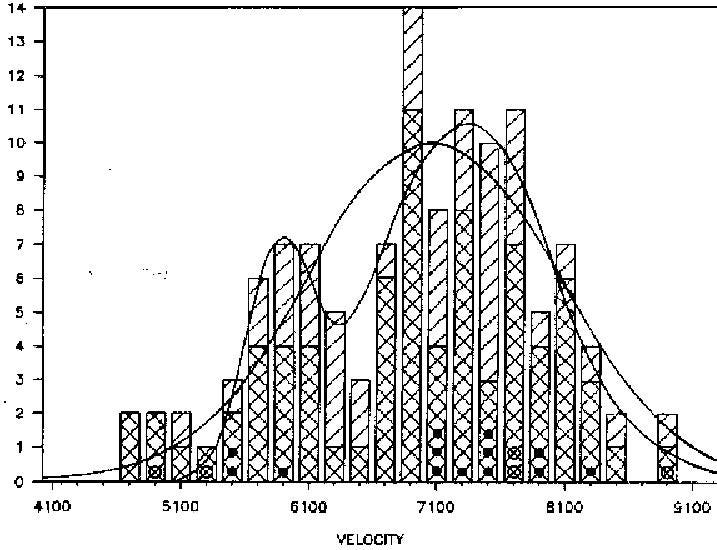
You can do this same measurement today using modern telescopes and our contemporary knowledge of stars and gravity, and you’d get two numbers similar to the ones Zwicky got. What you’d find is that the mass in stars gives you a number, and the mass from gravity gives you a greater number. Not a number greater by a little bit, either: one that was bigger by a factor of fifty.
Zwicky knew that something didn’t add up, and contended that even if there were more gas, dust, ionized plasma, planets, black holes and other types of “normal” matter out there, it wasn’t likely to explain this huge discrepancy. He coined a term for why these two numbers might not match, dunkle materie, or dark matter. But even though he made these observations 40 years ago, the overwhelming majority of the astronomical community wouldn’t take the results seriously. The notion that other forms of normal matter would make up the difference was the prevailing one, despite our inability to actually find nearly enough matter, despite advances in astronomy in other, non-visible wavelengths. It wasn’t until the 1970s, when Vera Rubin began observing how individual, edge-on galaxies rotate.
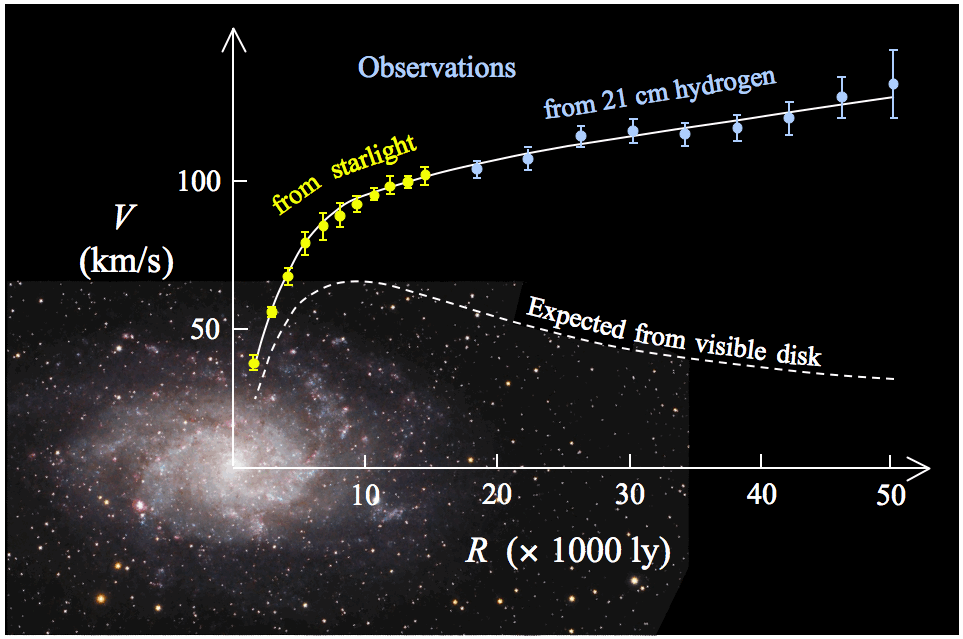
What she found was that unlike our Solar System, where the Sun’s mass dominates and Mercury zips around the Sun with nearly ten times the speed of the outermost planet, Neptune, the inner parts and the outer parts of the galaxies rotated at the same speeds. There must be more mass than the stars themselves indicated. It’s possible that the laws of gravity at very large distances were wrong, but the leading explanation was the one that Zwicky came up with 40 years earlier: there must be some form of dark matter. As the years went on, additional evidence began to pile up.
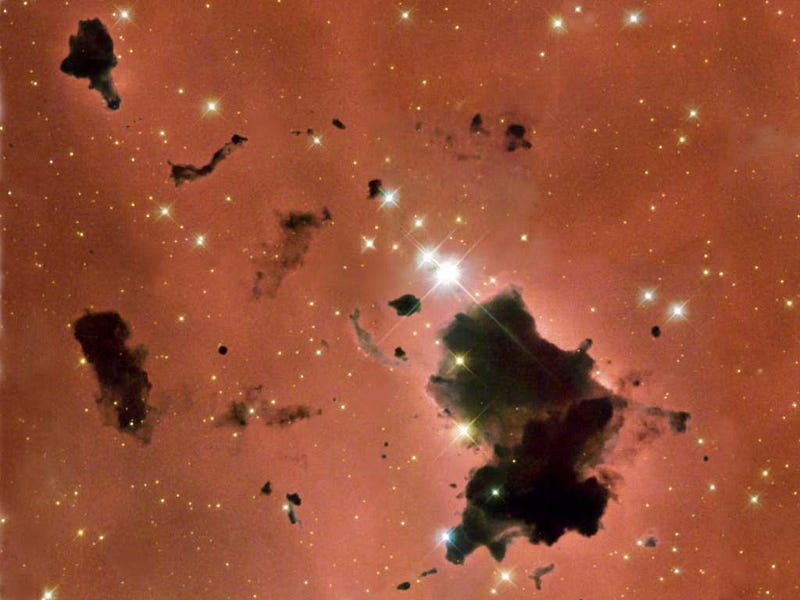
For one, we directly measured the densities of gas, dust, plasma, black holes, failed stars and more, and found that they help with Zwicky’s original mismatch. Well, they help a bit; rather than a factor of fifty, the mismatch dropped to a factor of six or so. But still, some 85% of the Universe’s mass was not only unexplained, but couldn’t be accounted for with any of the known particles. We went even further, and measured the large-scale structure of the Universe — the intricate cosmic web formed by gravitation since the moment of the Big Bang — and found a beautiful, web-like structure with clumps, clusters, and voids, outlined and interconnected by filaments. This, too, was a view of the Universe that requires dark matter, and in that same ratio: about 5-to-1.
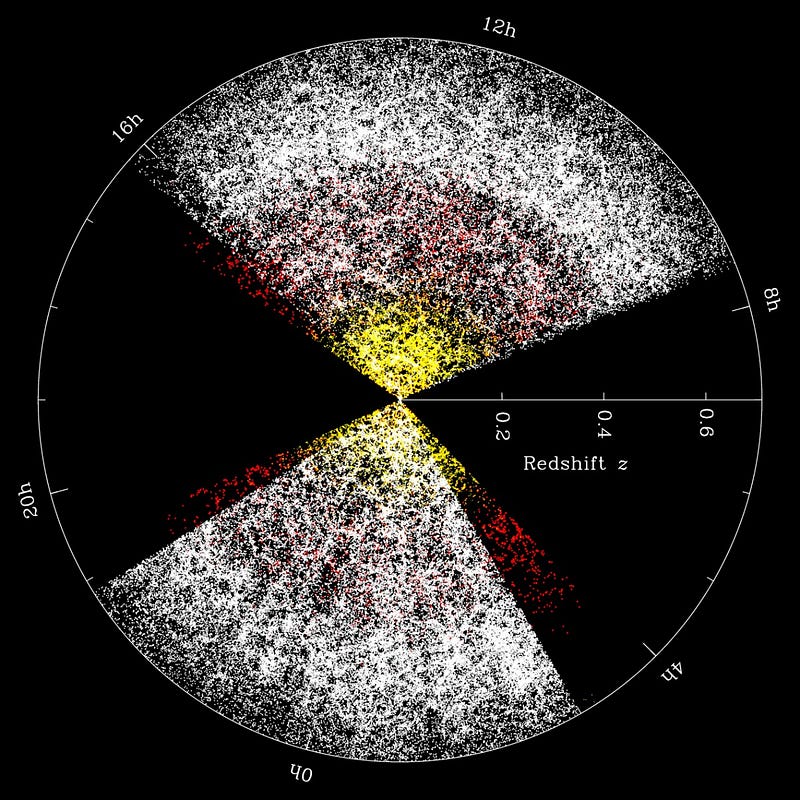
When we finally developed the ability to measure the leftover glow from the Big Bang to incredible, high precision, we discovered a spectrum of temperature fluctuations there. As the matter of the early Universe tried to clump together, the pressure from the hot radiation worked to push it apart on different scales. But the patterns in these fluctuations are highly dependent on whether that matter is normal matter or a non-interacting, dark type of matter, and what we saw required both, with dark matter dominating. Again, that same picture, of a Universe with approximately a 5-to-1 or 6-to-1 dark matter to normal matter ratio, arose.
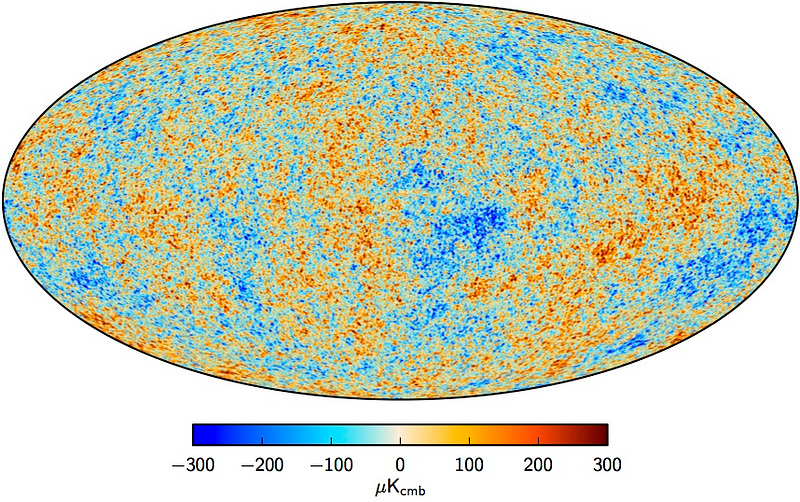
But the most spectacular piece of evidence for dark matter came in 2005, when a team noticed evidence that two clusters of galaxies had collided together at tremendous speeds. The individual galaxies themselves passed through each other mostly without interacting, similar to how two guns filled with birdshot, fired at one another, would have most of the bullets miss entirely. The gas and dust in the galaxies and clusters, however, would interact, heat up, slow down, and emit X-rays, somewhere in the middle. But if there was dark matter — this massive, non-interacting, invisible form of matter — dominating these clusters, it shouldn’t be where the gas and dust is, but rather well-separated from it. Dark matter should appear distinct and in a different location from normal matter.
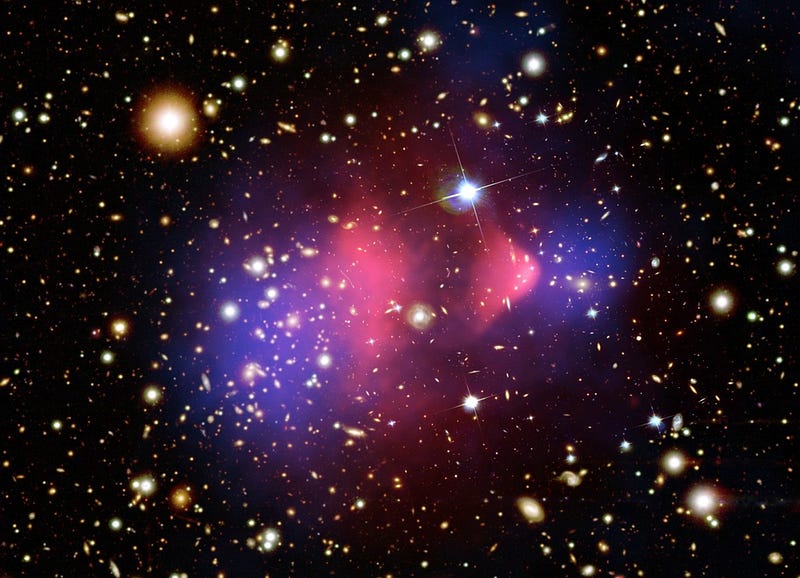
Thanks to the power of gravitational lensing, where intervening mass acts like a lens to background light, distorting and magnifying it, we were able to reconstruct the mass. Lo and behold, it appeared (in blue) well-separated from where the X-rays and therefore the gas (in pink) was. And when we reconstructed how much of that mass is present in the form of dark matter, we find that it’s almost all of it. Again, normal matter, even if we change the laws of gravity, can’t account for these observations. Fast-forward to the present day, and we’ve found a great number of these colliding clusters that all show the same separation between the X-ray emitting normal matter and the mass, present in the form of dark matter.
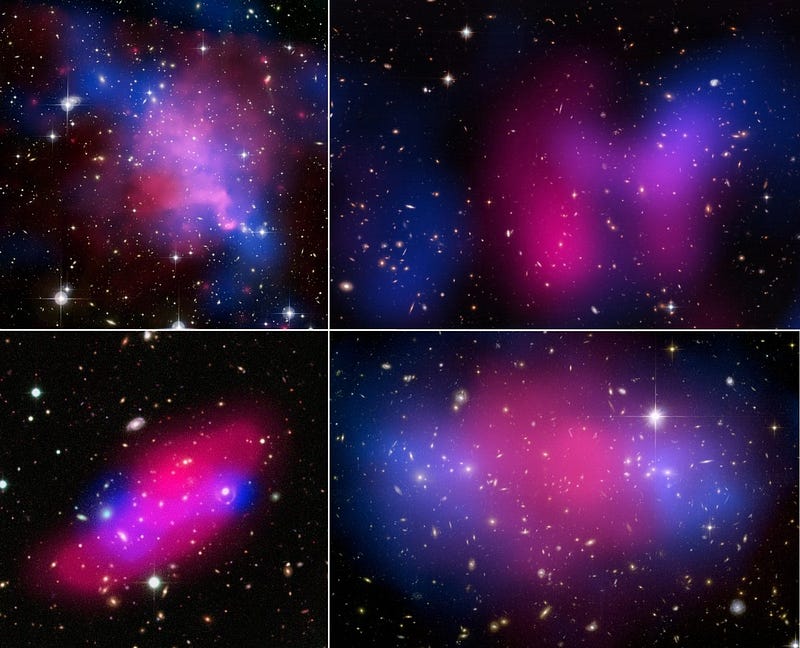
It’s possible that we’ll find the elusive particle responsible for the dark matter in the near future, or perhaps not for many decades to come. It’s very likely that dark matter is the correct explanation, but perhaps the correct modification to Einstein’s General Relativity will come along that explains all of these observations as well, instead of just the rotating, individual galaxies. As always, science is an ongoing process, but these are some of the most compelling reasons, part of the full suite of evidence we must consider, when we evaluate whether our Universe needs dark matter. At this point in time, it’s the only answer that works.
This post first appeared at Forbes, and is brought to you ad-free by our Patreon supporters. Comment on our forum, & buy our first book: Beyond The Galaxy!





